Module 3: Instagram Account Setup

We’ve progressed efficiently through the preceding stages, and now it's time to focus on one of the most critical aspects: getting visibility for your products. This stage is straightforward but requires some attention to detail.
Attracting Attention to Your Products
To ensure your products reach the right audience, we'll implement a streamlined system, which only requires approximately seven minutes per day.

Traditionally, gaining attention for a product requires substantial effort or financial investment—whether by becoming a well-known figure, like Taylor Swift or Kylie Jenner, or through significant advertising spend, similar to brands like Pepsi or Coca-Cola.
But with our"Mini Mobile ATM" system, the hard work is has been done by other people.
This innovative approach leverages a legal concept known as "Common Use Rights."
Common Use Rights Overview:

"Common Use Rights" permits you to repost content created by others, provided that proper credit is given to the original creator. This allows you to share proven, successful content that drives sales without creating new material. We will guide you through the process of crediting the original creators to ensure compliance with these guidelines.
Choosing Your Username:
When creating a username, especially for professional or business purposes, it's important to consider several factors to ensure it’s effective, memorable, and aligned with your brand. Here are some additional tips:
1. Keep It Simple and Memorable
-
Avoid Complexity: Choose a username that is easy to spell and remember. Complicated or long usernames can be difficult for others to recall or search.
- Use Keywords: Incorporate relevant keywords that reflect your niche or industry. This helps with searchability and gives an immediate sense of what your profile is about.
2. Ensure Relevance
-
Match Content: Your username should reflect the content you plan to post. For example, if your content is about digital marketing, a username that includes terms like "marketing," "digital," or "growth" would be appropriate.
- Brand Consistency: If you already have a brand or business, ensure your username is consistent across all platforms. This makes it easier for people to find you.
3. Check Availability
-
Cross-Platform Consistency: Before finalizing your username, check its availability on other social media platforms. Consistent usernames across platforms strengthen your brand identity.
- Domain Availability: If possible, check if the corresponding domain name (e.g., username.com) is available. This can be useful if you ever decide to expand your brand to a website.
4. Avoid Numbers and Special Characters
-
Simplicity: Numbers, underscores, and special characters can make your username look unprofessional and harder to remember. If you must use them, keep it to a minimum.
- Avoiding Confusion: Special characters can be misinterpreted or omitted, leading to confusion or difficulty in finding your profile.
5. Consider Future Growth
-
Scalability: Choose a username that allows for growth. For example, avoid overly specific names that might limit your content scope as your brand expands.
- Longevity: Think long-term. Ensure your username will still be relevant if your focus shifts slightly over time.
6. Incorporate Branding Elements
-
Unique Branding: Consider adding a unique branding element, such as a word or phrase that represents your brand’s mission or values.
- Personalization: If you are a personal brand, using your name or a variation of it can help personalize your brand while keeping it professional.
7. Be SEO-Friendly
-
Search Optimization: Incorporate keywords that people might use when searching for content related to your niche. This increases the chances of your profile appearing in search results.
8. Test for Pronunciation
-
Ease of Communication: Ensure your username is easy to pronounce. If people can say it easily, they are more likely to remember it and share it with others.
9. Avoid Trends
-
Timelessness: Avoid using trendy phrases or slang that may become outdated. A timeless username will serve you better in the long run.
10. Gather Feedback
-
Get Opinions: Before finalizing your username, ask for feedback from friends, colleagues, or your target audience. They can offer valuable insights or notice potential issues you might have overlooked.
SEO-Optimized Name:
The name field on Instagram, located beneath your username, is an opportunity to further optimize your profile for search engines. You have two options:
-
Brand Name: Utilize your brand's name, which is particularly effective once you’ve established a significant following.

-
SEO Optimized Name: Incorporate relevant keywords that people might search for in your niche. For example, "Wealth | Crypto | Finance" enhances discoverability for related searches.

This name can be adjusted periodically (every 14 days) to reflect your brand’s evolving focus.
Start SEO, then brand
Starting with an SEO-optimized username on Instagram and later switching to a brand name is a good strategy for these reasons:
1. Early Visibility
-
Better Searchability: An SEO-optimized username helps people find you more easily when they search for topics related to your content. This boosts your profile's visibility early on.
-
Quick Growth: By attracting more people who are searching for those keywords, you can grow your audience faster.
2. Building Trust
-
Niche Expertise: An SEO-focused username shows that you specialize in a particular area, helping you build credibility.
-
Relevant Followers: You attract followers who are genuinely interested in your content.
3. Smooth Transition to Brand Name
-
Established Audience: Once you have a solid follower base, you can switch to a brand name. By then, your followers will already recognize your content, making the transition easier.
-
Consistent Branding: A brand name is better for long-term growth and creates a consistent identity across platforms.
4. Flexibility for Future Growth
-
Content Evolution: As your content evolves, a brand name offers more flexibility than a specific keyword-based username.
-
Sustainable Brand: A brand name is more enduring and can grow with you as your business or content expands.
5. Risk Management
-
Market Testing: Starting with an SEO username lets you test what works without fully committing to a brand name.
-
Easier Transition: If the SEO username doesn’t work out, it’s easier to switch than rebranding a full-fledged brand name.
6. Gradual Recognition
-
Follower Familiarity: By the time you switch to a brand name, your followers will already recognize you, making the change smoother and more accepted.
This approach helps you gain initial traction while setting the stage for long-term brand success.
Logo and Highlights:
Your profile picture or logo is another essential component of your account. It should be professionally designed to create a strong first impression. If budget constraints exist, tools like Canva can be used to design a simple, clean logo. Here are some guidelines:
-
Brand Consistency: Your logo should be consistent with successful pages in your niche.
Use a clean color palette—preferably a combination of black, white, and your chosen branding color.
-
Logo Elements: Include your username or initials within the logo to reinforce your brand identity.
Here's how simple it is to customize a pre-made logo on Canva.
For highlights, follow similar design principles to maintain consistency across your profile.
Instagram Bio:
Your Instagram bio serves as the first impression for visitors and must be crafted carefully. Here’s a suggested structure:
-
Credibility Builder: Explain what makes your page unique. Example: "The #1 Page for Dog Training – Established 2023." Tailor it to your niche and clearly define how you help.
-
What’s in it for Them: Clearly state the value you offer to potential followers. Example: "Transform Your Social Media Presence in Just 7 Days."
-
Catch Phrases: Use slogans or phrases that resonate with your target audience. Example: "Training Techniques that Work."
-
Call to Action (CTA): Encourage visitors to take a specific action. Initially, focus on gaining followers. As your account grows, you can direct them to products or resources.

Avoid excessive emojis or overly complex language. Keep your bio clean and aligned with your overall branding.
Add Your Affiliate Link to Your Instagram Profile
Since Instagram only allows one clickable link in your bio, follow these steps to add your affiliate link:
- Go to your Instagram profile.
- Click on the “Edit Profile” button.
- In the Website field, paste your ClickBank affiliate link.
- For a cleaner look, consider shortening your link using Bitly or TinyURL:
- Visit Bitly, paste your ClickBank affiliate link, and click Shorten.
- Copy the shortened link and paste it in your Instagram bio under the Website section.
- Write a clear call to action in your bio to encourage users to click the link. For example:
- “Want to [improve a specific aspect]? Click the link below to learn more!”
In addition to the written steps, you can follow along with a video tutorial that explains this process in greater detail:
By now, you should have a username, an optimized name, a logo, and a bio with your affiliate link. Your account is nearly complete. The next step is to create your Instagram account (if not done already) and implement the elements presented.
How to Create an Instagram Account
Step 1: Download the Instagram App
-
Available on iOS and Android. Search for “Instagram” in your app store and download it for free.

Step 2: Choose Your Sign-Up Method
-
Use your phone number, email, or Facebook to sign up.
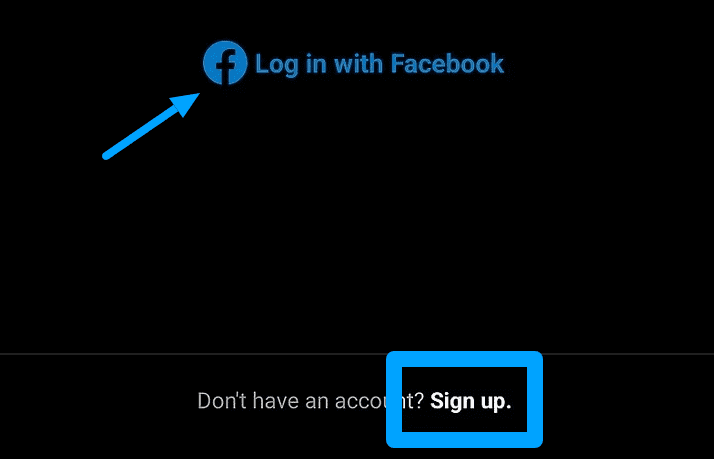
Step 3: Enter Your Contact Information
-
Enter your phone number or email. Double-check for accuracy to ensure you receive the confirmation code.
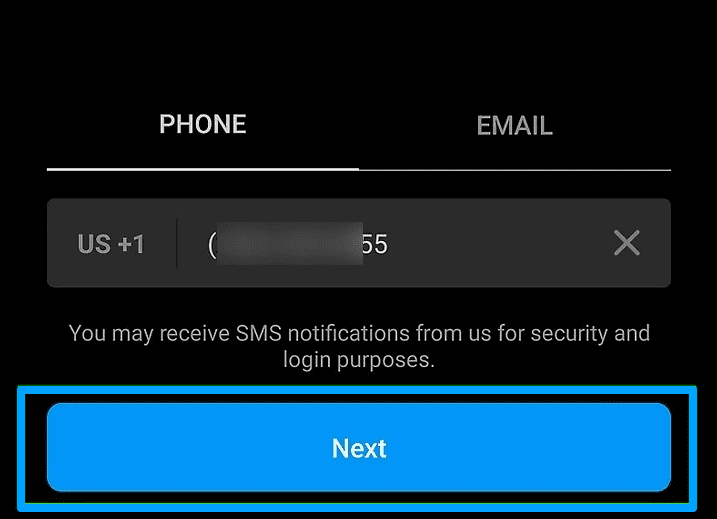
Step 4: Enter the Confirmation Code
-
Check your SMS or email for a 6-digit code. Enter it into the app to verify your account.

Step 5: Create a Strong Password
-
Choose a password with letters and numbers to keep your account secure. You can change it later if needed.
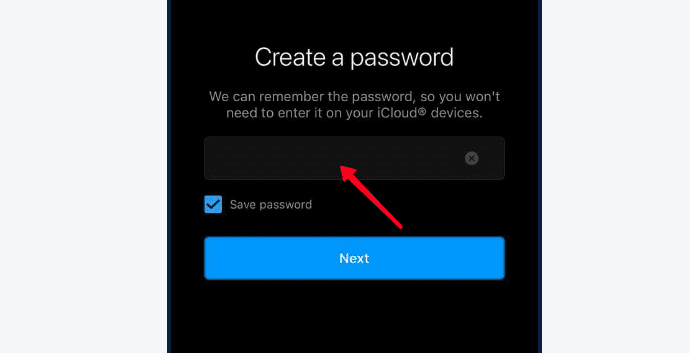
Step 6: Choose a Username
-
Pick a unique username using Latin letters, numbers, and underscores. You can change it later.
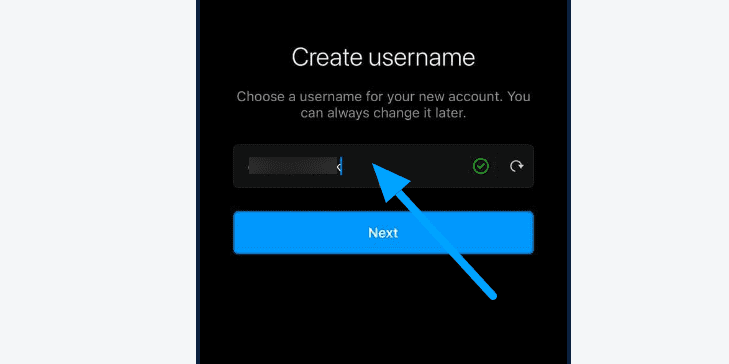
Step 7: Add a Profile Photo
-
Tap “Add Photo” and upload your logo image. The recommended size is 1080×1080 pixels.
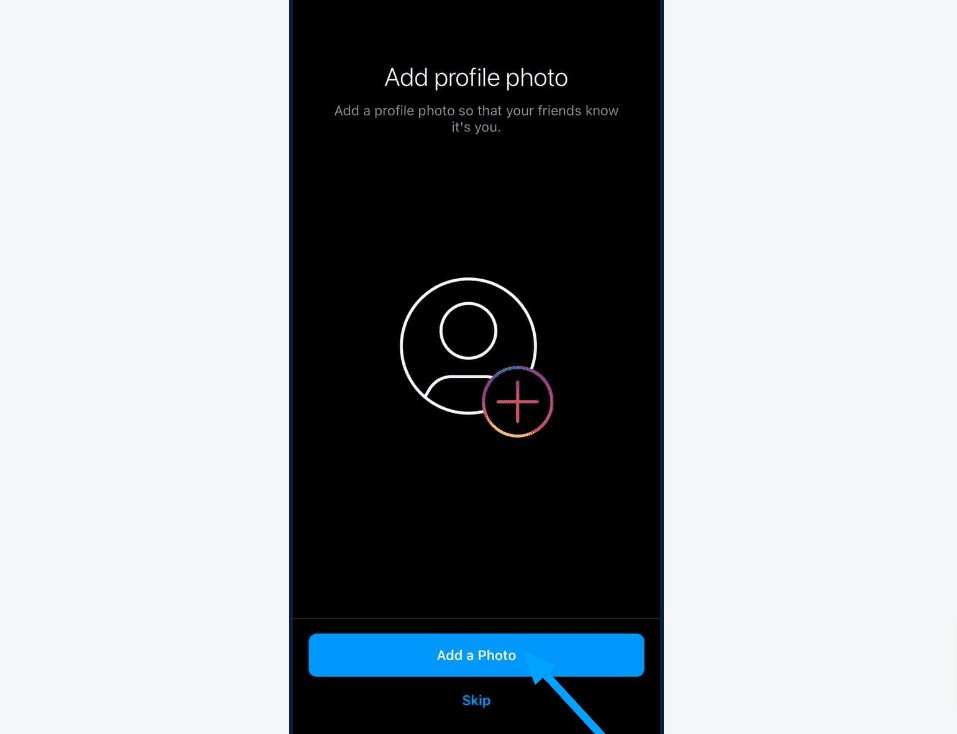
Step 8: Save Your Login Information
-
Instagram will offer to save your username and password for easier access. We recommend this for convenience.
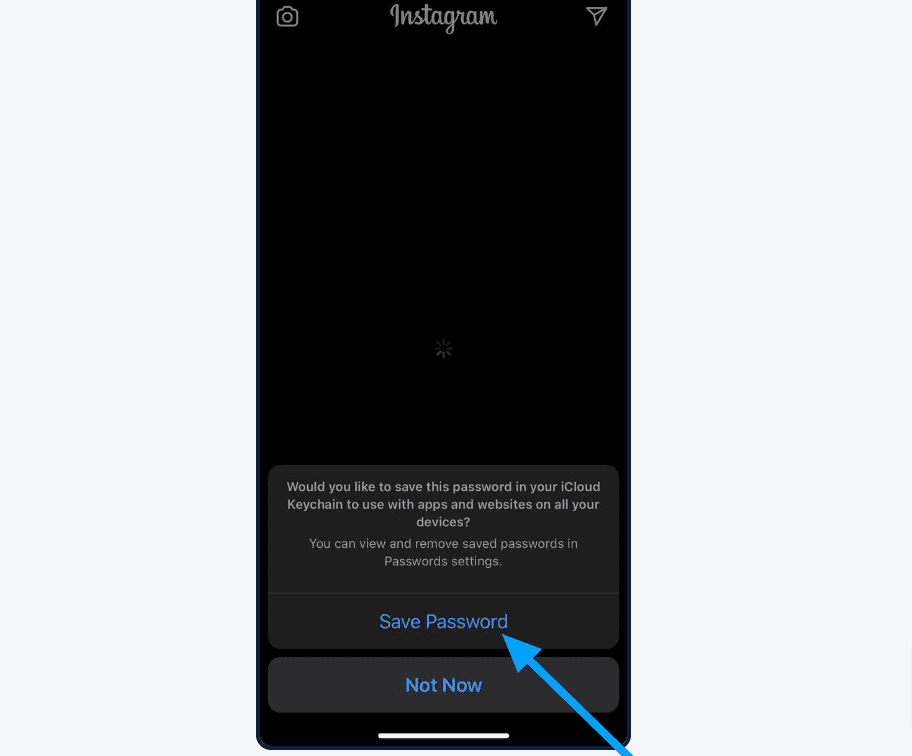
Conclusion:
You’ve done an excellent job progressing through these steps. Your diligence sets you apart and positions you for success. The last remaining tasks include refining your Instagram account setup and preparing for content creation. In the upcoming modules, we will delve into how to effectively communicate your brand story and optimize your profile further.
Please proceed to the next module where we’ll discuss creating and uploading content. Remember, every step you take brings you closer to achieving your goals. Keep up the excellent work!
Click Here To Continue













